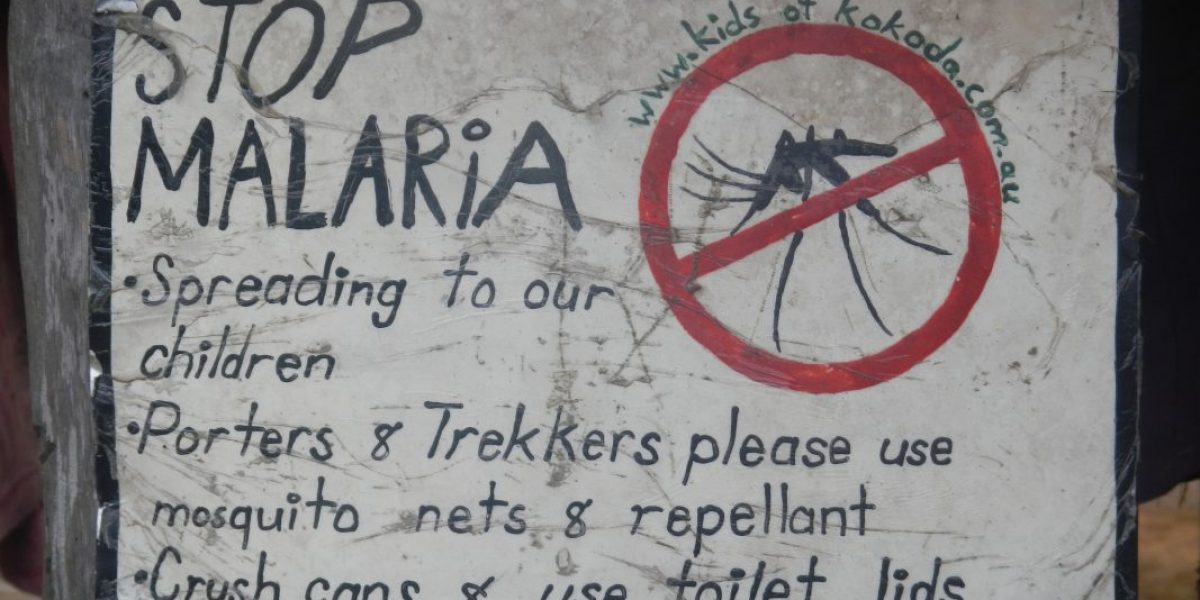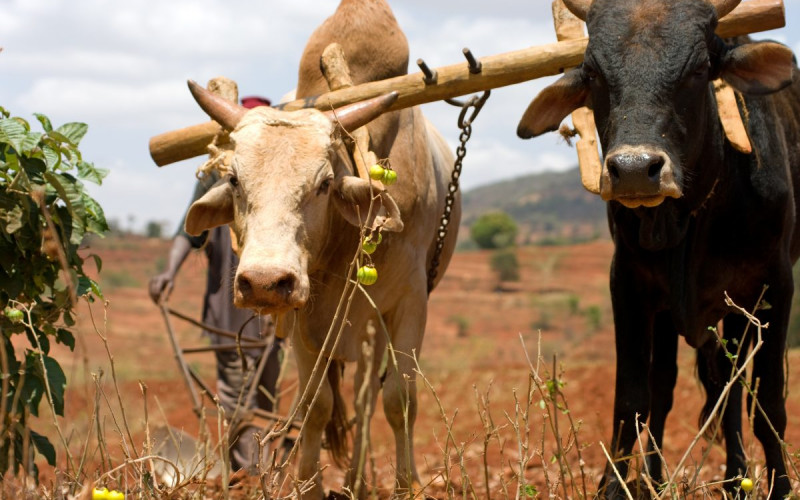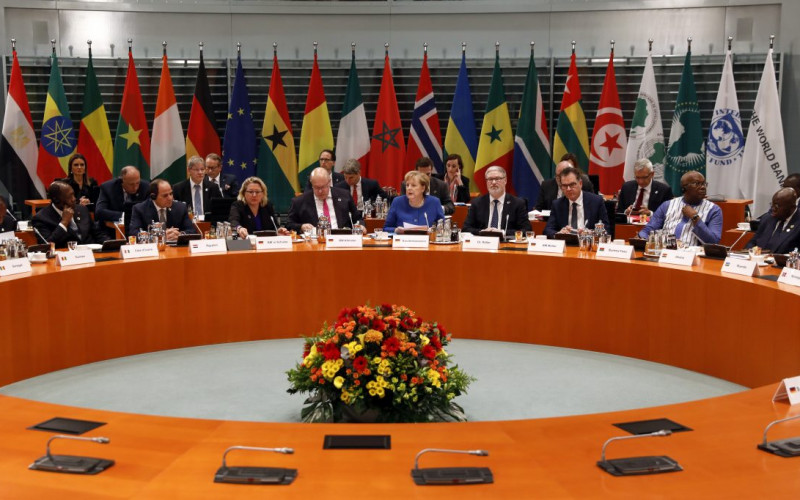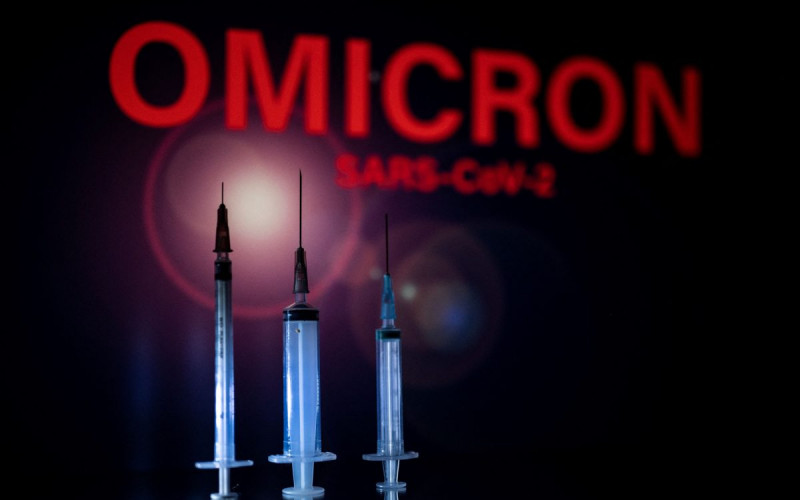Most of those who die are children under the age of five. Survivors often suffer from impaired cognitive development and face a blighted future. That malaria is both easily preventable and cheaply curable means that such human suffering and economic cost are all the more intolerable and outrageous. In recent years the Southern Africa Development Community, led in large part by South Africa and Swaziland, has started promoting public health interventions that have been shown to reduce malaria’s impact dramatically. But where these countries are getting it right, various UN agencies and donor institutions stubbornly insist on promoting measures that are at best ineffectual and at worst severely damaging.
If malaria is to be brought effectively under control in Africa, governments and the international community will need to adopt a coherent approach that embraces measures that have proven to be effective but that have also elicited controversy.
Malaria is an ancient killer, having been recorded as early as 1500 B.C. Its connection with swampy ground led to the supposition that the disease was caused by bad air (mal aria). Nineteenth century physicians established that the disease was caused by a parasite in the blood; that mosquitoes transmitted the parasite; and that the development of the parasite takes place in the Anopheles mosquito. Initial efforts at mosquito control, however, were labour intensive and costly and, therefore, only partially successful. That changed during World War II with the development of a cheap, persistent and highly effective insecticide known by its initials as DDT, for which its inventor, Paul Müller, won the Nobel Prize in 1948.
Hunting the bug
Allied forces first used DDT in disease control in 1944, particularly among typhus-ridden soldiers released from prison camps. Its application in malaria control came shortly after the war when public health officials sprayed tiny amounts of the insecticide on the inside walls of houses where the female Anopheles mosquito rests. This method of control, known as Indoor Residual Spraying (IRS), was so successful that within a few years malaria had been eradicated in Europe and the US and the burden of the disease vastly reduced in Africa, Asia and Latin America.
Given these successes, in 1955 the World Health Organisation (WHO) launched its malaria eradication programme, which was funded largely by the US government. The plan was based on the careful, but not exclusive, use of DDT in IRS programmes. By 1961, around 650 million people were protected from malaria at a cost of between 11 and 42 US cents per capita. Although the plan saved millions of lives, it did not entirely succeed. By 1972 the goal of eradicating the disease had been demoted to simply control and since then malaria cases and deaths have been steadily on the rise.
Several factors contributed to the move to abandon eradication. One was resistance. Where DDT began to be used widely in agriculture, it became less effective in controlling malaria vectors. Another reason was that in some countries, notably India, malaria eradication teams became complacent and careless in their work and their budgets were also steadily cut. In some areas, such as equatorial Africa, mosquitoes breed so rapidly they simply overwhelmed any eradication effort. More generally, the vast stretches of sparsely populated terrain and dearth of manpower, transport, communication and financial resources meant that sub-Saharan Africa wasn’t ever seriously targeted by the WHO plan. Probably the two most significant reasons behind the reduction of malaria control interventions and the subsequent rise of the disease are in the increased focus on decentralised, horizontal health systems, in which a specific method of disease control is incorporated into general health services, and the growing influence of the global environmentalist movement.
During the 1970s, the WHO and other health agencies aggressively promoted the idea that health systems should be decentralised to allow for local control of policy to ensure effective use of health budgets. Unfortunately, while there is merit in increasing accountability, effective malaria control requires, to a large extent, a well planned vertical programme – a carefully co-ordinated plan for fighting a specific disease with a clear chain of command, careful scientific oversight and a dedicated budget. Those countries, such as South Africa, Swaziland, Namibia and Botswana, which maintained their vertical structures have had greater success in containing malaria. Countries such as Ethiopia, where any vertical health programme is outlawed, have failed to control malaria. It has been proven that the disease cannot be left to poorly trained, uncoordinated and poorly-resourced clinics. Such disjointed efforts are ineffective and frequently waste money and human resources.
Backlash
The world environmental movement, while trying to be a friend to nature, has unfortunately often been an enemy to man. In 1962, Rachel Carson published her famous book Silent Spring, which offered a frightening but poorly argued view of man and nature imperilled by the over-use of synthetic chemicals. The target of her attacks was DDT, then being used in large amounts in farming as well as for public health.
To some extent the book launched the modern environmental movement and the campaigns that it spurred eventually led to the banning of DDT for agricultural use in 1972 by the newly formed US Environmental Protection Agency. The new government department was determined to show that it could act boldly, but many of the fears Carson expressed were greatly exaggerated, and there was no scientific basis for the banning of DDT outright (although restriction in agricultural use was certainly warranted).
The consequences of this decision can be demonstrated by the example of India, which had the institutions, infrastructure and importantly, the domestic budget, to maintain a malaria control programme on its own terms. In 1953, India’s population was a third of its present size, but the annual incidence of malaria was 75 million cases. That year India started using DDT as a core of its IRS programme. It has continued using DDT ever since and the government still manufactures its own supply. Against what might have been the background level of more than 200 million cases a year the current incidence is around 2 million cases with the death rate in the low thousands.
But DDT has become more difficult to procure and use and pressure from environmentalist groups against the insecticide remains. On 17 May 2004, an international treaty aimed at restricting or eliminating persistent organic pollutants, known as the Stockholm Convention, came into force.
Although the Convention was initially designed to ban DDT for all uses, including malaria control, strong opposition, notably from South Africa, ensured that a DDT exemption for public heath was secured. The enduring problem for many malarial countries, however, is that despite the exemption, few donors will actually fund any IRS, let alone use of DDT.
South Africa’s opposition to any phase out of DDT was based on bitter experience. In 1996 the Department of Health took a decision, in good faith, to drop DDT for malaria control. The decision led to one of the worst epidemics in the country’s history, with malaria cases increasing more than 6-fold. The Anopheles mosquitoes had grown resistant to the insecticides that replaced DDT and the first-line drug therapy was also losing efficacy in stricken areas such as the KwaZulu-Natal Province. In 2000 the Department of Health reintroduced DDT in its IRS programme, which led to an 80% reduction in malaria cases in just one year. In addition, the government introduced a new and highly effective malaria treatment – Artemesinin-based combination therapy (ACT), which is based on an ancient Chinese herbal remedy.
The combination of these two interventions – cheap and effective DDT along with expensive new drugs – has brought malaria cases in South Africa to near all-time lows. Buoyed by the success in South Africa, other African countries have started IRS programmes. Mozambique has dramatically reduced the incidence of malaria in the south of the country by implementing an IRS programme in coordination with South Africa and Swaziland and with financial support from the private sector, government and the Global Fund to Fight AIDS, TB and Malaria.
Comeback
Zambia has recently restarted its IRS programme after a highly successful DDT spraying programme run by Konkola Copper Mine reduced malaria cases by 50% in one year and by a further 50% in the next. Zambia, like South Africa, has also changed its first-line malaria treatment to ACTs. As a result of the successful use of DDT in southern Africa and after encouragement from, among others, the South African Minister of Health, the Ugandan government pledged earlier this year that it, too, would use DDT in an IRS programme to control malaria. Despite the clear wishes of the Ugandan Minister of Health to use DDT as one of several anti-malaria interventions, a move supported by the Parliament, the government has not made any progress because of a lack of support and funding from donor agencies.
While the Global Fund is playing a positive role in southern Africa by providing crucial finance to countries that seek to improve malaria control, the same cannot be said for the donor agencies and UN bodies active in containing the disease. In 1998 the WHO launched its Roll Back Malaria (RBM) programme with the goal of halving malaria cases and deaths by 2010. Halfway through the life of the programme, malaria deaths have increased by approximately 12%. The reason, to a very large extent, is that the RBM partners, which include the WHO, World Bank, UNICEF and the US development agency USAID, refuse to support IRS. Instead, RBM has put its money on insecticide-treated nets, which show much more limited success in reducing malaria.
Fear of criticism and sympathy for environmental concerns partly explains such resistance to IRS programmes and DDT. More to the point, though, donors prefer to control the funds they earmark, and often spend it more readily on consultants rather than on building local expertise. Also, IRS programmes are manpower intensive and this is often used as an argument against it. This is short-sighted. Although pilot studies indicate that nets and spraying are both effective, no net-based programme has achieved anywhere near the same results as IRS when tried on the kind of scale required. And while IRS does have to be done annually, studies show that bed nets start having a public health benefit only after more than 80% of the population has them.
USAID has an annual malaria budget of $80 million, but the agency does not spend a single cent buying either insecticides or drugs for malaria control. The vast majority of the agency’s budget is directed towards US-based consultants who ‘advise’ malaria control programmes and conduct nebulous projects that have no clear deliverables.
In early 2004, in a paper published in the medical journal The Lancet, some of the world’s leading malaria experts openly accused international health and donor officials of medical malpractice by falsely advising African governments not to roll out the new highly effective ACTs. The Global Fund reacted quickly to the criticism and changed the way it funds malaria control. The more cumbersome UN bodies, however, have been slower to change; recently UNICEF admitted that it was providing useless chloroquine drugs to the war-displaced masses in Sudan’s Darfur region.
A new approach to malaria is long overdue. First, the WHO, UN agencies and the donor community should drop its ideological resistance to DDT and base their policies on science. Second, the donor agencies that are involved in malaria control need to urgently revise their malaria control programmes to include IRS and the purchase of effective anti-malarial drugs. USAID has recently been urged to review its malaria control programme after hearings in the US House of Representatives and the Senate severely criticised their inadequate and misguided efforts. It is incumbent on the agencies that have oversight over the other major donors to urgently review the way in which taxpayer money is being utilised.
Certainly, donors alone do not have the money to roll out a comprehensive IRS programme across all of sub-Saharan Africa, but they do have the means to target areas where the need is most acute and the means most lacking. Poorer countries such as Malawi that cannot fund their own IRS programmes are reliant on outside assistance – and, therefore, on the control measures donors determine are acceptable. So great is the human tragedy of malaria and so obvious are the failings of various UN bodies and donor agencies to control the disease, that anything short of major reform in malaria control would be criminally negligent and would continue to blight the future of millions of Africans.








